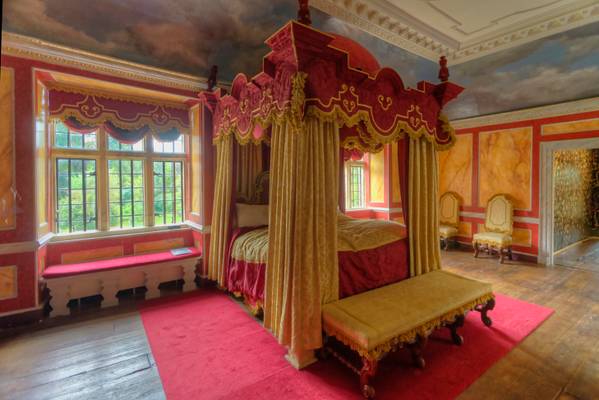Avebury Manor

0
Some of the HDR photos taken inside the National Trust owned Avebury Manor. The house was begun in the mid-16th century, sometime between 1555-80. Excavations suggest that there was a much earlier monastery on the same site, dating as far back as 1000 years ago. We know there was a 12th century priory house nearby, owned by the Abbey of St Georges de Boucherville in Normandy. The Hundred Years War spelled the end of French monastic influence in England, and the last monk left in 1379. In 1411 the monastic lands passed to Fotheringhay College, but following the Dissolution of the Monasteries the College traded the estate for lands elsewhere. The crown took control, and granted the Avebury estates to Sir William Sharington of Lacock Abbey. The priory was destroyed, leaving only a small house on the site. A decade later the property was purchased by William Dunch, a wealthy courtier and Auditor for the Royal Mint. Sarsen stone was used for much of the original building, probably scavenged from the stone circle nearby. The house was extended in 1601 by Sir James and Mrs Debora Mervyn, whose initials are carved over the beautifully decorated porch. The Great Hall was remodelled in Georgian style by Richard Holford in 1740. This chamber eventually became the Queen Anne Bedroom. The final changes to the house came in the early years of the 20th century, when Lt-Colonel Leopold and Mrs Nora Jenner added a library and laid out the wonderful gardens, with yew and box topiary and water features. The manor was featured in the BBC television series 'The Manor Reborn', which followed restoration efforts as a team of experts helped return the house to its Tudor splendour. Nine rooms were restored, reflecting Tudor, Georgian, Queen Anne, Edwardian, and early 20th century periods. Visitors are encouraged to sit or lie on the furniture, dress up in period clothes and generally make themselves at home, which makes a refreshing change to the usual "hands off" approach to National Trust properties.